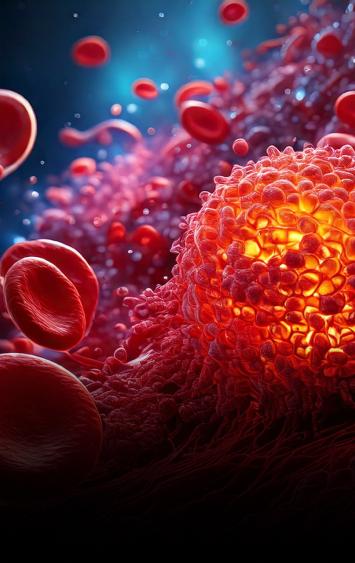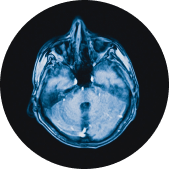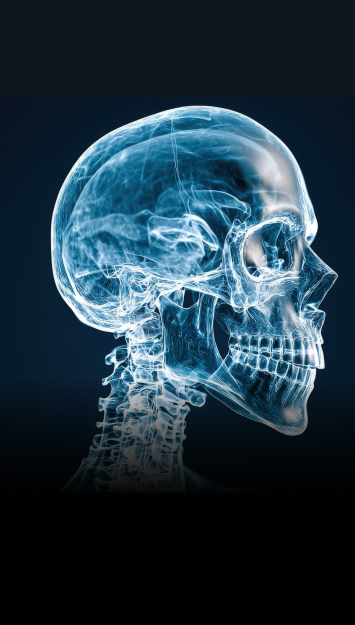Common Types
of Brain Injuries

Here are a few of the most common types of
brain injuries:

A traumatic brain injury is any damage to the brain or alteration of brain function caused by some external force, such as a car accident or slip-and-fall. A traumatic brain injury can be closed (meaning nothing penetrates the skull to damage the brain) or open (meaning something has broken through the skull to damage the brain).

Concussions happen when the brain collides with the skull’s interior after a sudden change in momentum, damaging the brain tissues and sometimes leading to a bruise.

Contusions are bruises that form on the brain after some
type of blow to the head.
A stroke occurs when something causes a disruption in the supply of blood to the brain. Strokes can be caused either by a clot that blocks blood flow or by a broken blood vessel causing blood to leak into the brain.
Brain aneurysms happen when an artery or blood vessel wall weakens, causing it to swell and form a blister-like shape. As the aneurysm grows, it can put pressure on the surrounding tissues and cause a range of harmful effects. If the aneurysm bursts, it can lead to a stroke.


A tumor is an abnormal mass of tissue inside the skull caused by cells dividing uncontrollably. Most tumors are not the result of an accident, but they can cause severe brain damage, nonetheless.
A hematoma or hemorrhage injury is when blood vessels rupture inside the brain, causing blood to accumulate in brain tissue and empty spaces within the brain. A hematoma is generally caused by a blood clot somewhere in the brain, while a hemorrhage is usually the result of some kind of blow to the head.
An edema is brain swelling, putting pressure on brain tissues as they press up against the skull. Left untreated, this pressure can lead to brain tissue damage and other effects.


A blow to the head can cause the skull to fracture, allowing pieces of bone to penetrate the brain and damage different tissues. A skull fracture can also put pressure on the brain, causing further damage. If someone sustains a skull fracture to the brain’s base, known as a basilar skull fracture, cerebral spinal fluid can leak from the brain.
Penetration injuries occur when an external object breaks through the skull and ends up lodged in the brain, damaging blood vessels in the brain as well as brain tissue. A gunshot is an example of a penetration injury.
Also known as diffuse axonal injuries, these occur when the brain is shaken or goes through a severe, sharp rotation. This can happen if the head suddenly twists after the impact of a car crash or other accident.
These injuries happen when the brain slams from side to side inside the skull in a sudden impact, causing severe damage to brain tissue and blood vessels.

If you’ve experienced a brain injury resulting from an accident, you should speak to a lawyer right away. Contact the California brain injury attorneys at the Demas Law Group by calling our Sacramento office or visiting our contact page.
Request a callback
ON THIS PAGE
Your FREE Case Evaluation
Get Your Free consultation

John Demas
Founding Partner

Brad Schultz
Personal Injury Attorney

Jacqueline Siemens
Personal Injury Attorney

Kate R. Ebert
Personal Injury Attorney

Tim Spangler
Personal Injury Attorney

Erik Gutierrez
Personal Injury Attorney

ALLEN LIOUH

TOMMY DELEON

RHONDA DOYLE

LEAH WEICHEL

